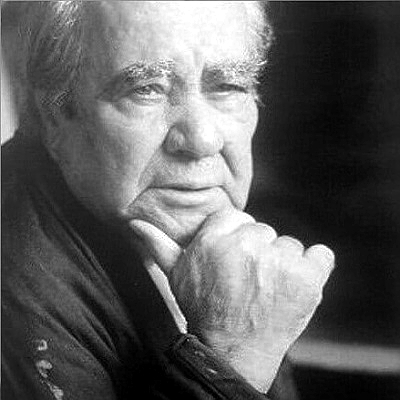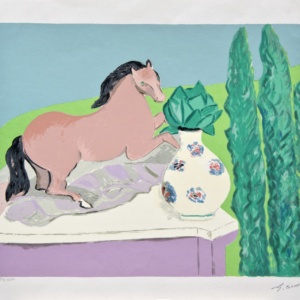Giuseppe Cesetti

ART PRINTS
ARTISTS
Giuseppe Cesetti was born in 1902 in Tuscania, in the province of Viterbo, a town with distant Etruscan origins. The archaic connotations of his hometown and a free childhood, lived among the agricultural fields of Lazio, left an indelible imprint on his person and would later be reflected in his art.
At the age of sixteen he left his family, moved by curiosity to learn about the beauty of Italian cities and their priceless artistic heritage. On his journey he became fascinated by the works of artists who recount the mystery of nature and the grandeur of life in a poetic key.
He exhibited for the first time in 1927 in Como, in a group exhibition, and then moved to Florence where he collaborated with the Solaria Gallery. His first solo exhibition, held in 1930 at the Galleria Santa Trinità, was a great success. The following year he settled in Venice where he obtained the chair of painting at the Accademia di Belle Arti and founded the Cavallino movement with other artists contemporary with him. In 1931 he participated in the Rome Quadriennale, while in 1934 he exhibited five works at the Venice Biennale, with a renewed invitation in 1936, when he exhibited I Vaccari, probably his most significant work.
The works of his early years are dominated by light, bright colors typical of Etruscan painting, with references to the style of the Macchiaioli, particularly Giovanni Fattori.
Between 1935 and 1937 the artist stayed in Paris, a city in the midst of artistic ferment, where he formed friendships with, among others, Giorgio De Chirico and Filippo De Pisis. The influence of French painting can be seen in a cooling of the palette: the colors of his works, in fact, acquire a different luminosity, characterized by more gray and purplish tones.
In 1962 he was appointed cultural attaché for Plastic and Figurative Arts at the Italian Embassy in Paris and obtained the chair of painting at the Accademia di Belle Arti in Florence. Always engaged in an intense activity of revaluation and restoration of the cultural heritage of Tuscia, in the early 1970s after the earthquake he decided to return to live in his homeland in a farmhouse in Montebello, a hamlet of Tuscania.
Here he lived and worked until 1990, the year of his death.



